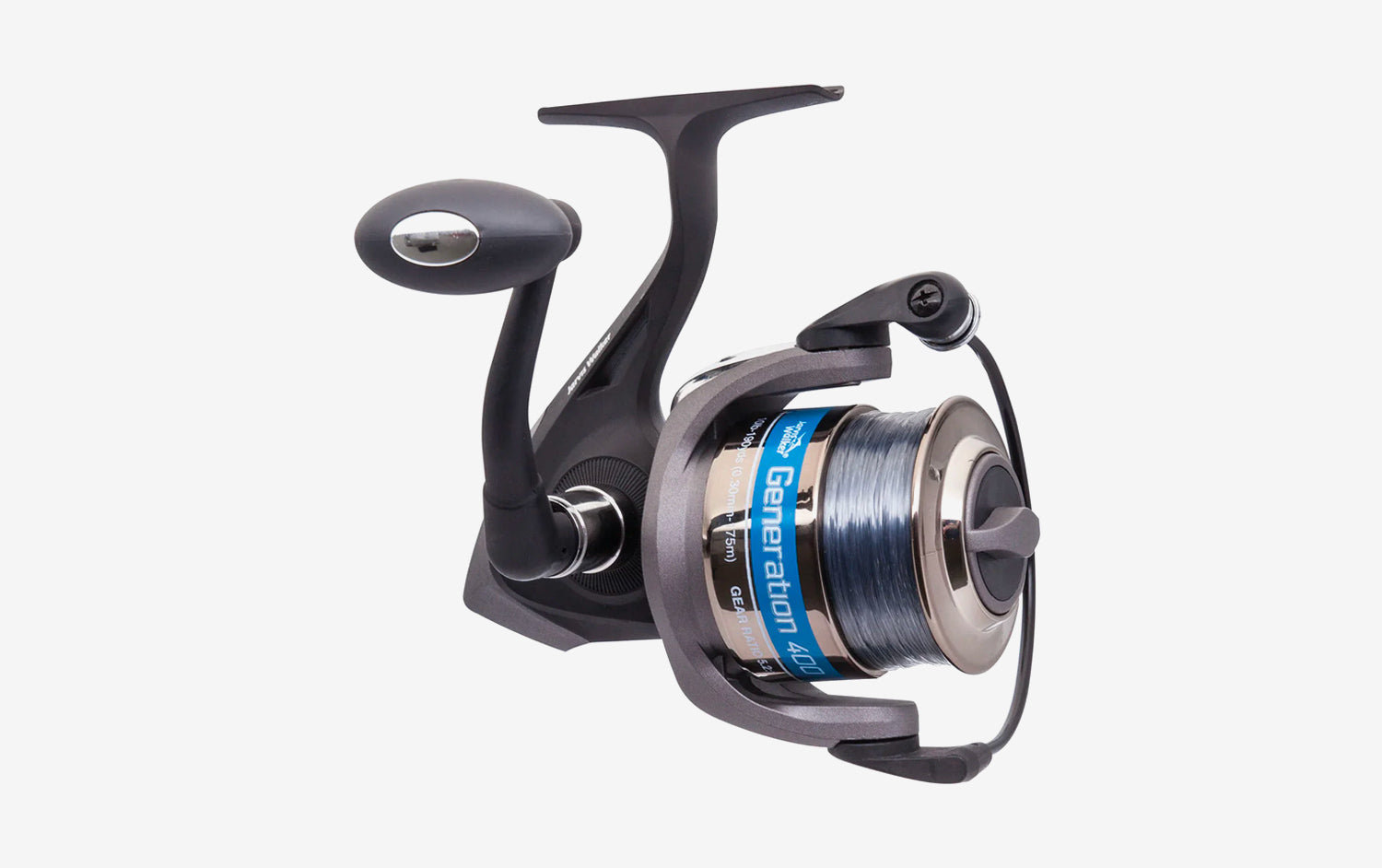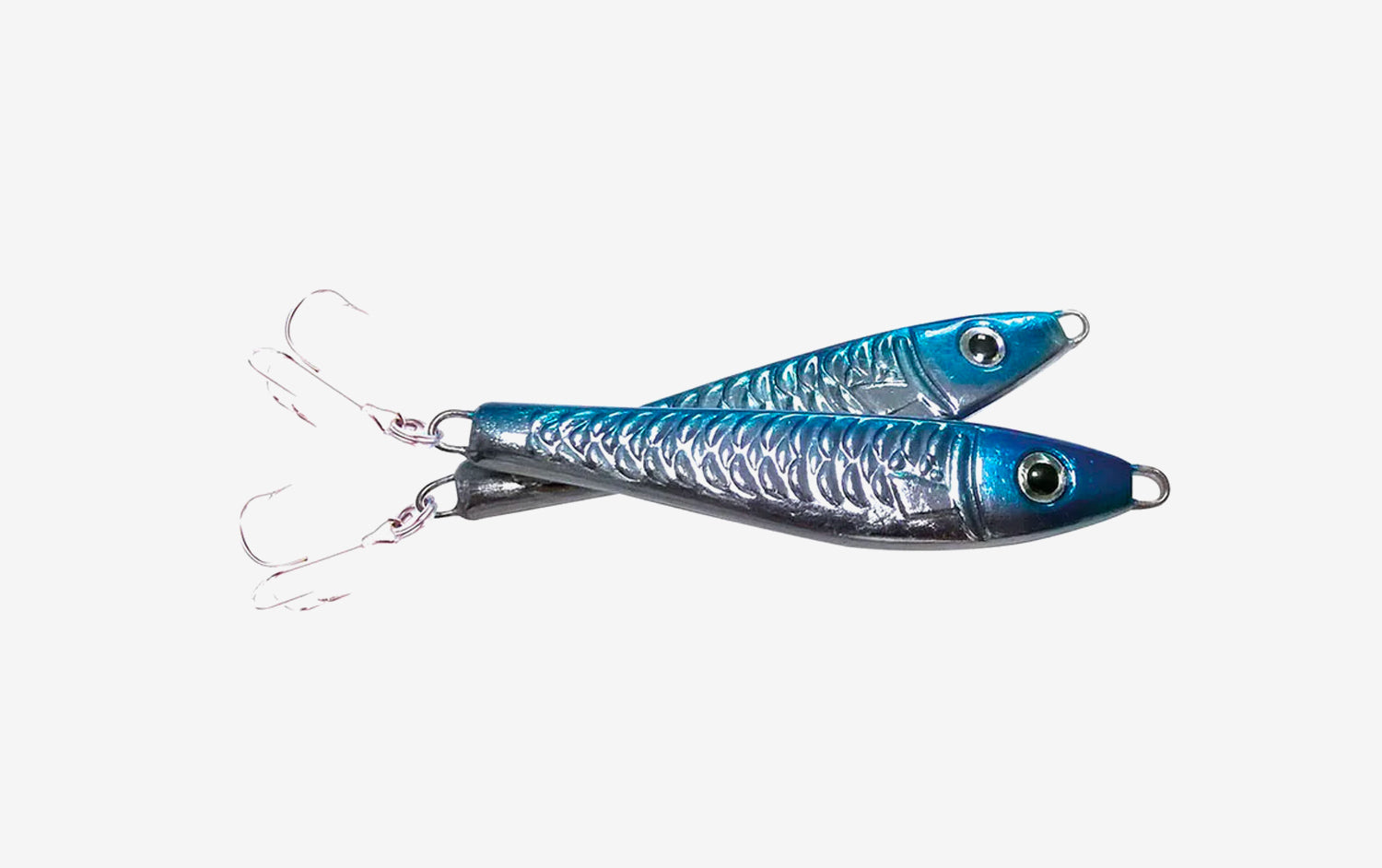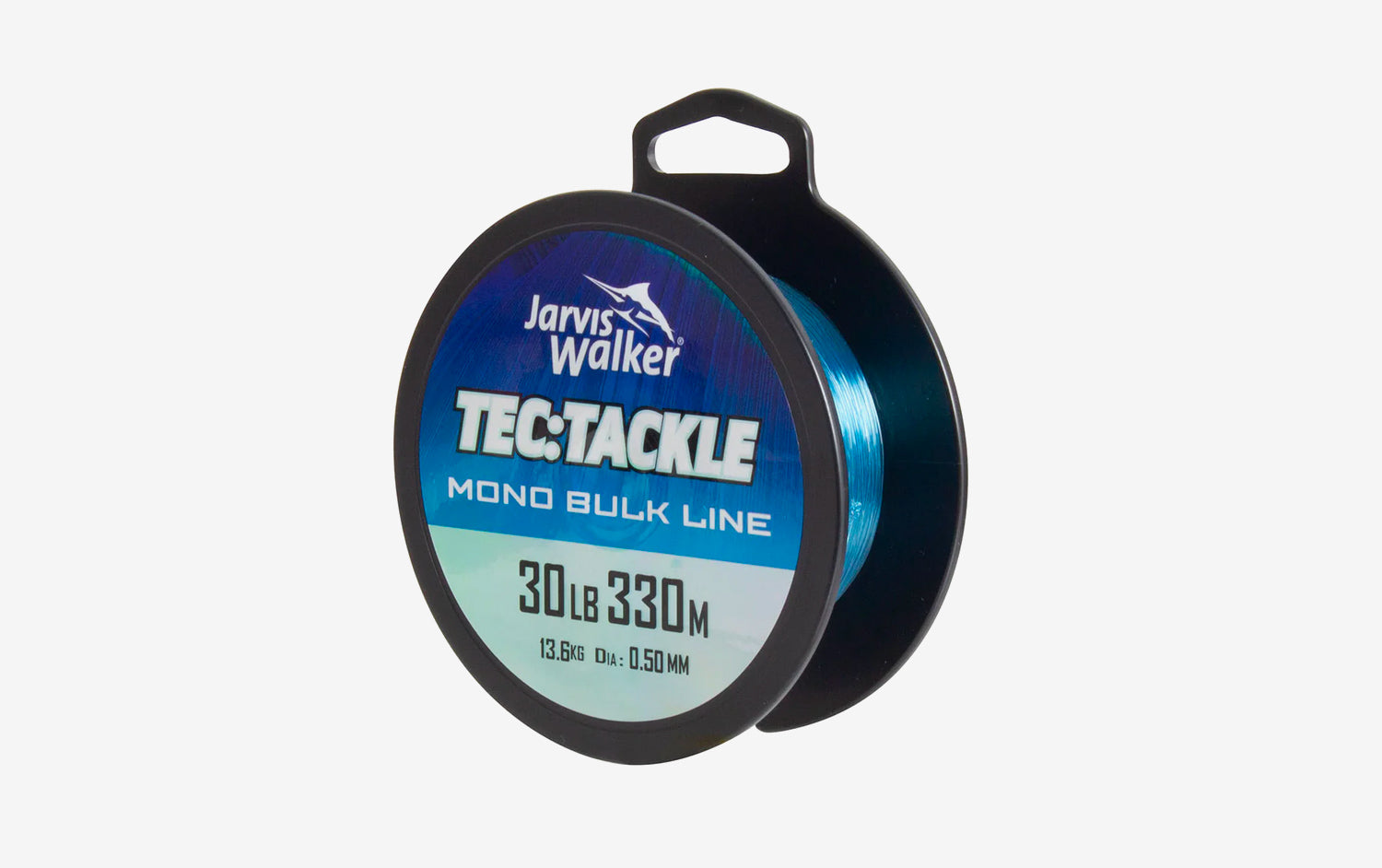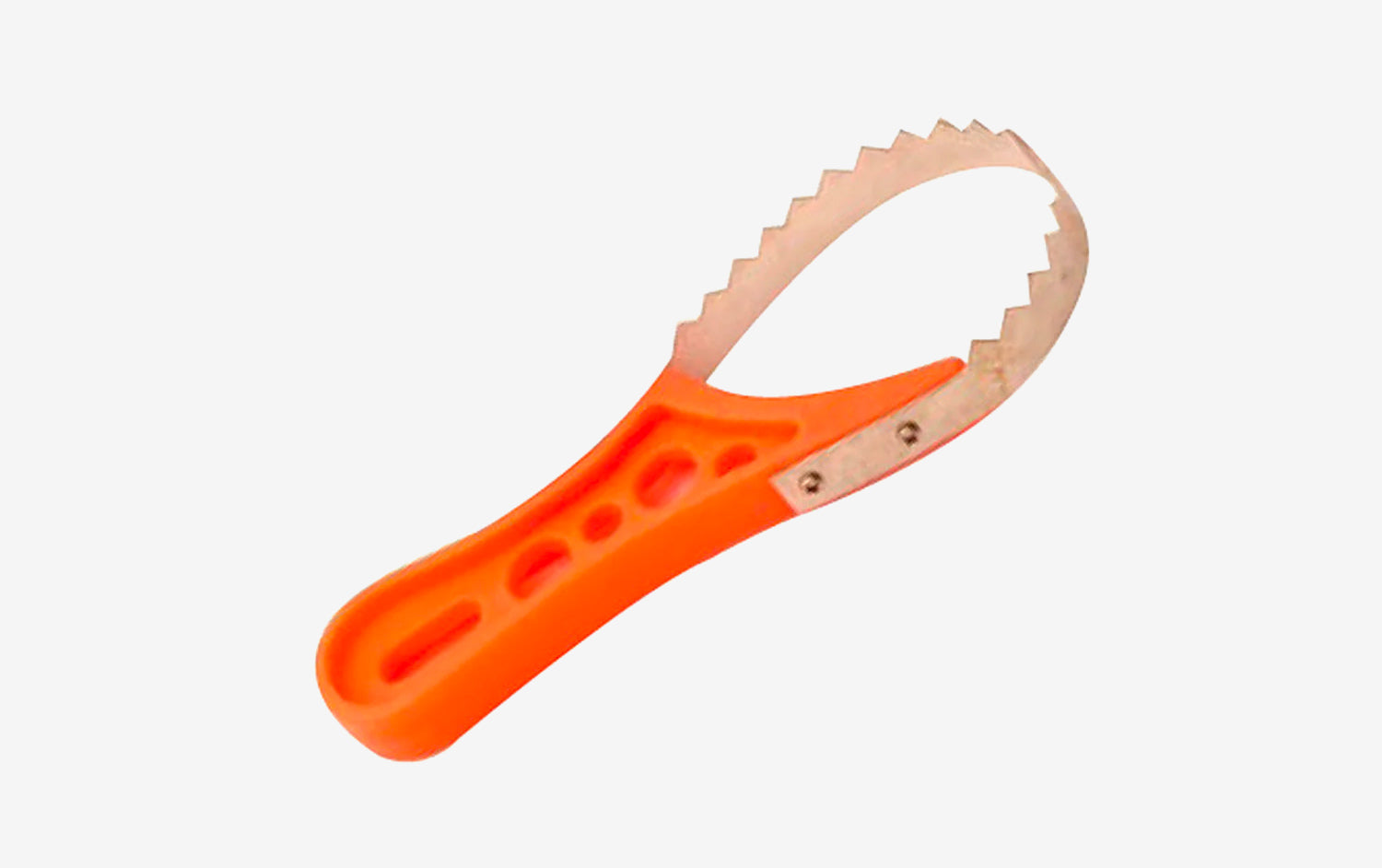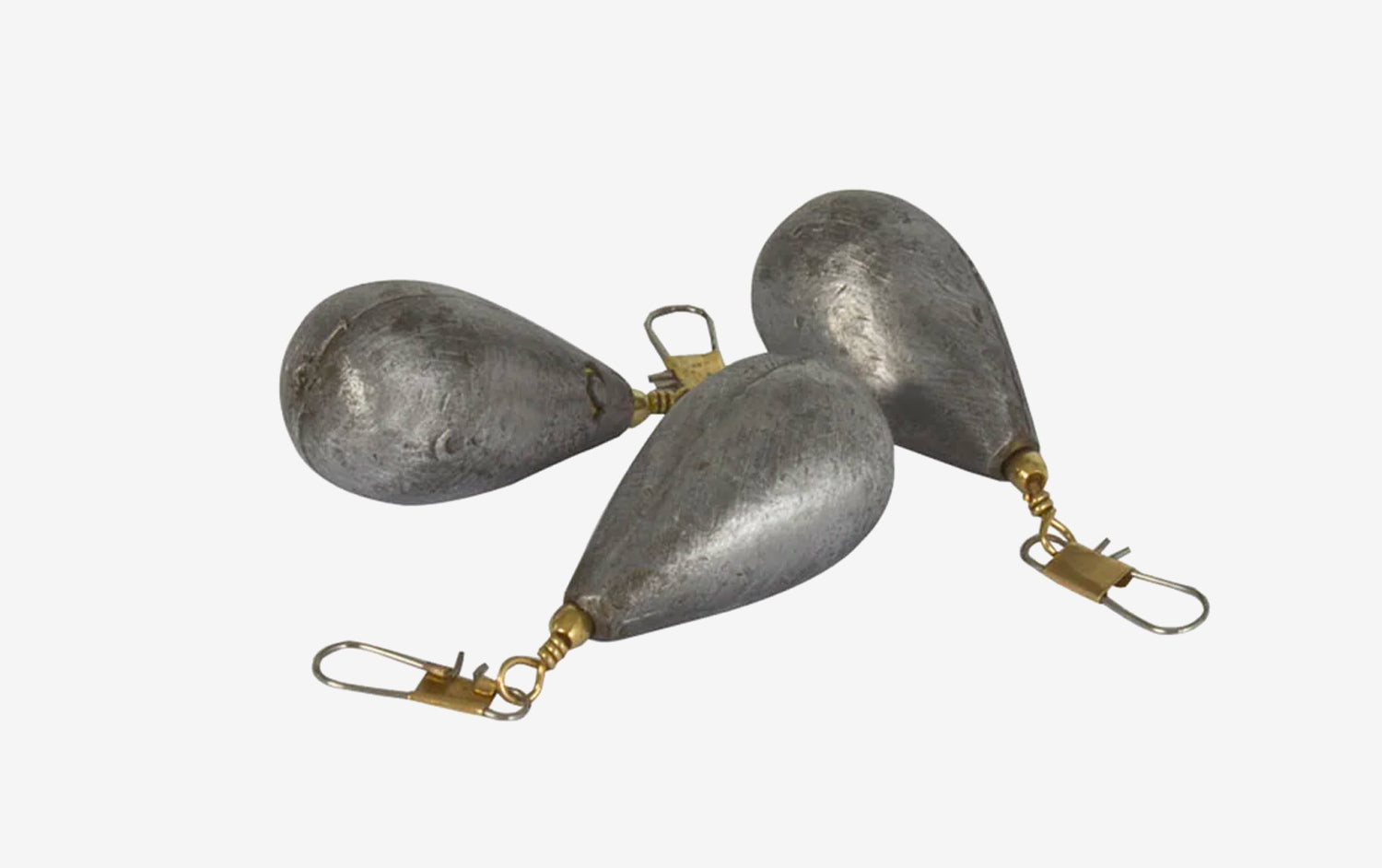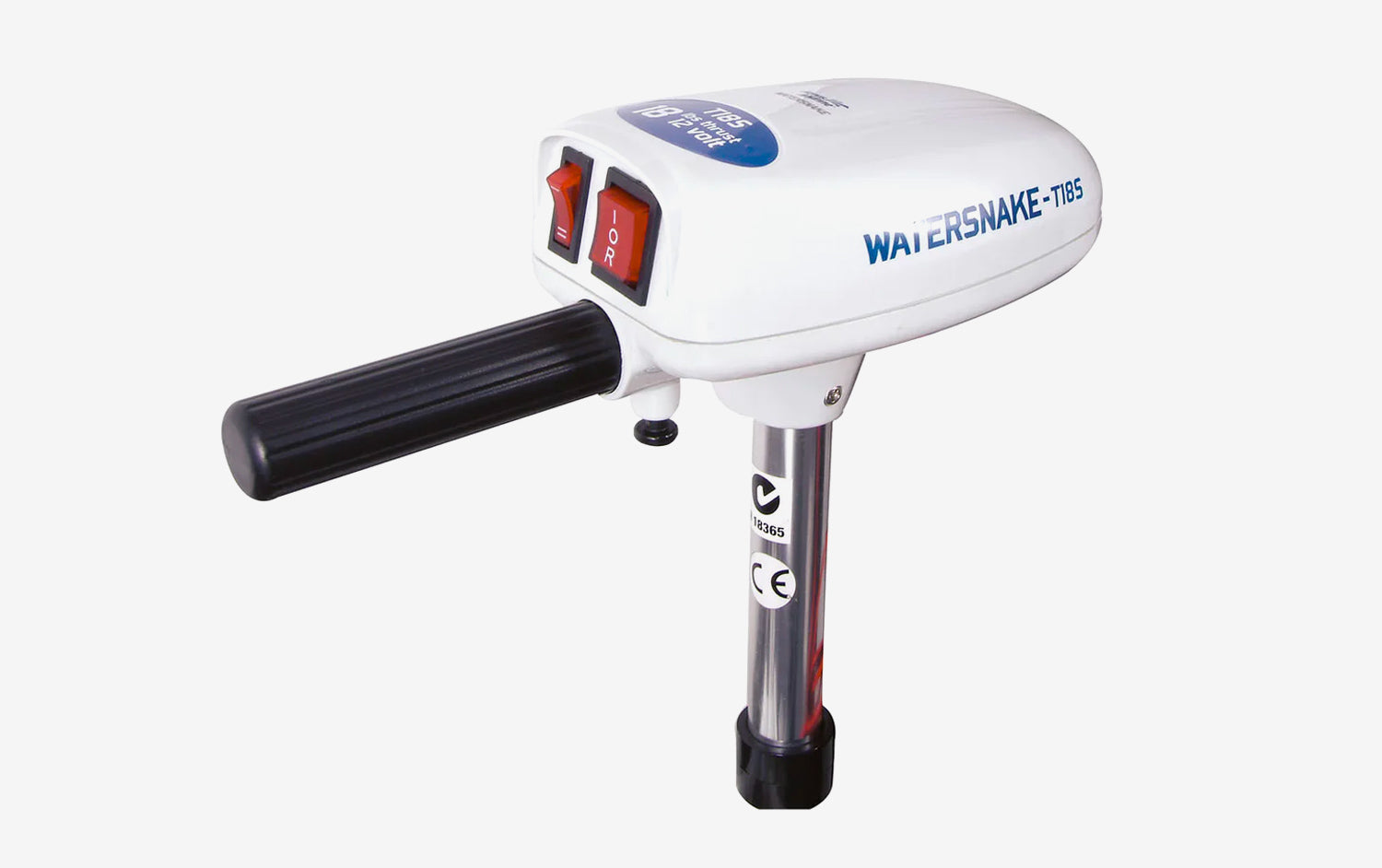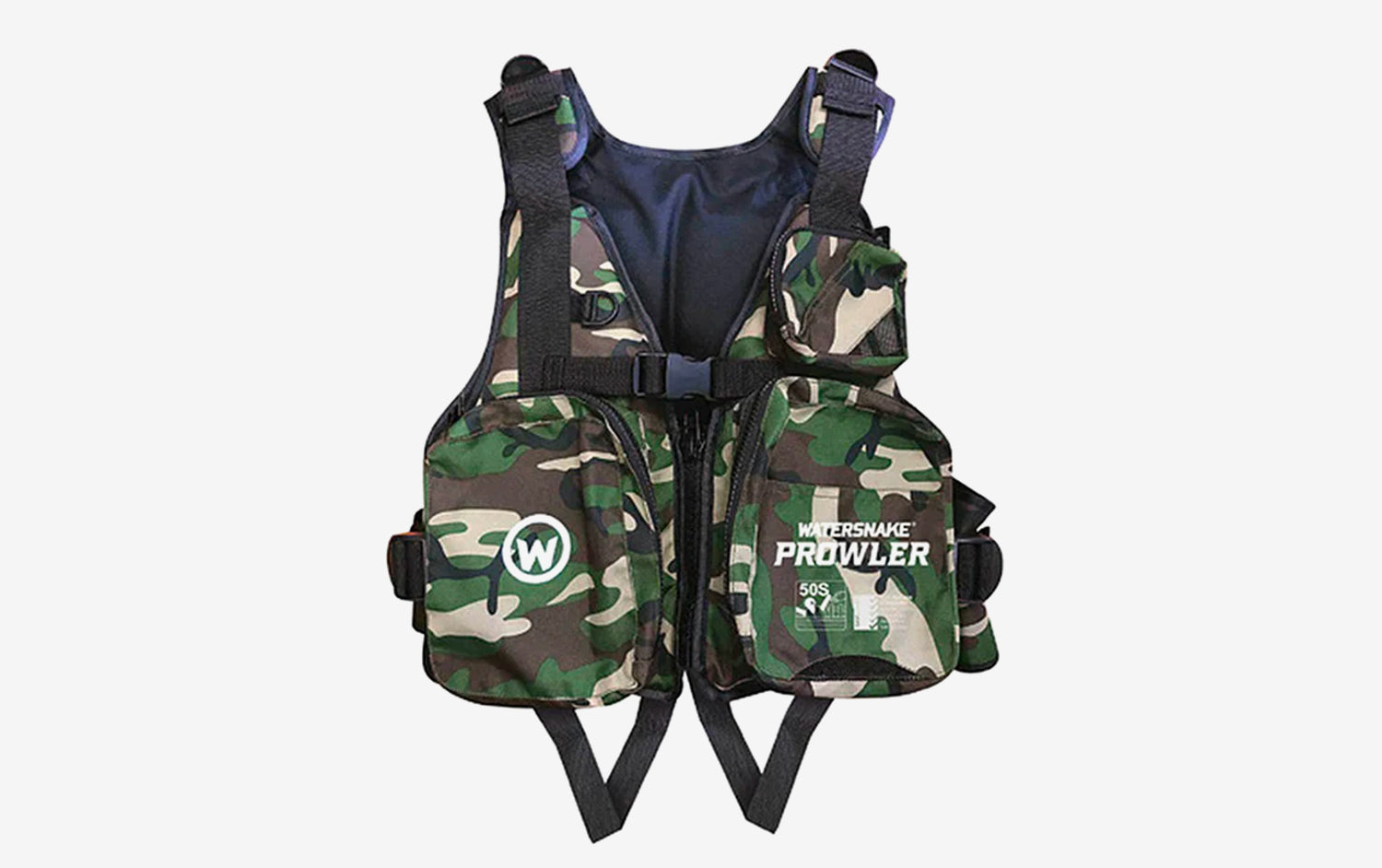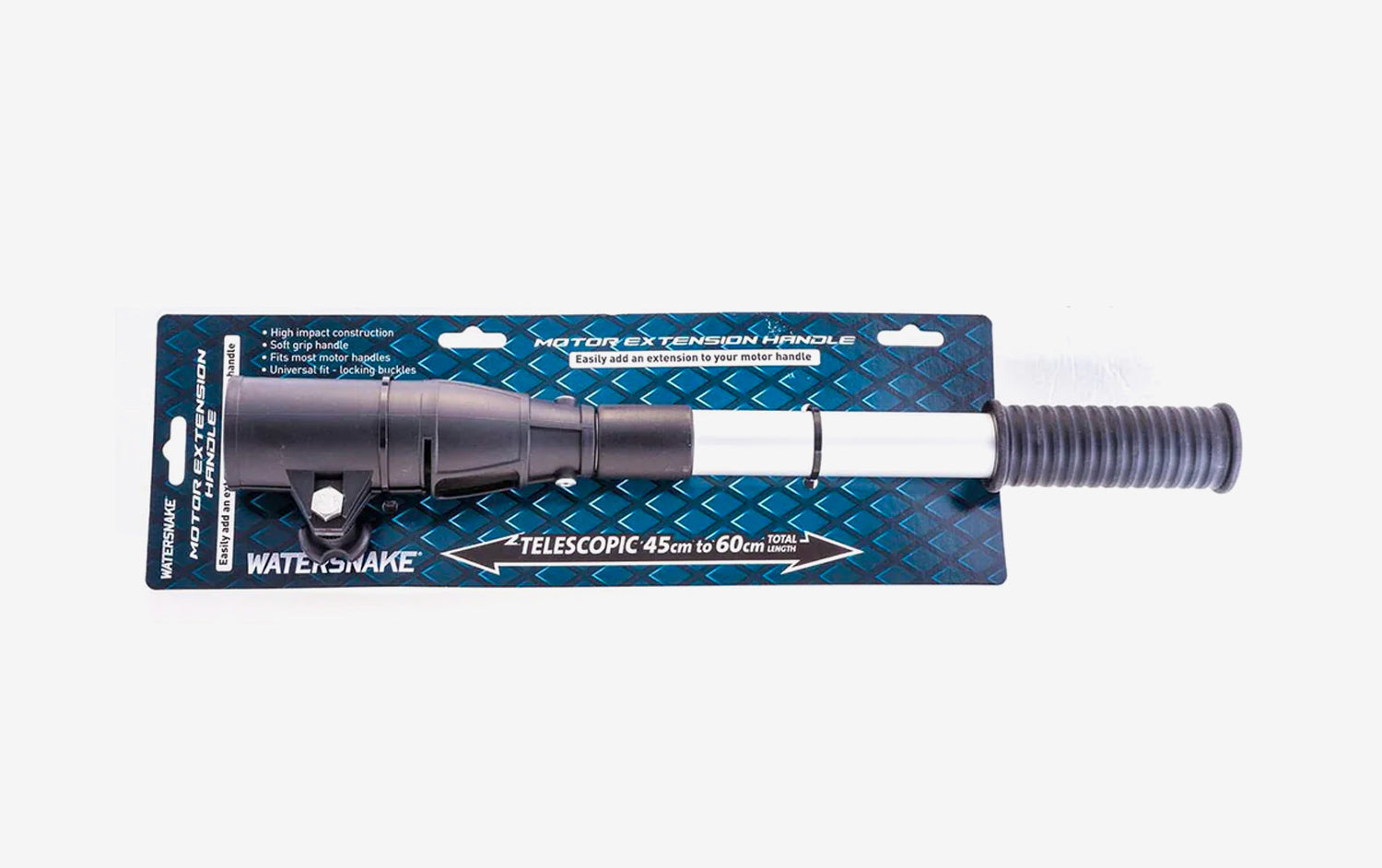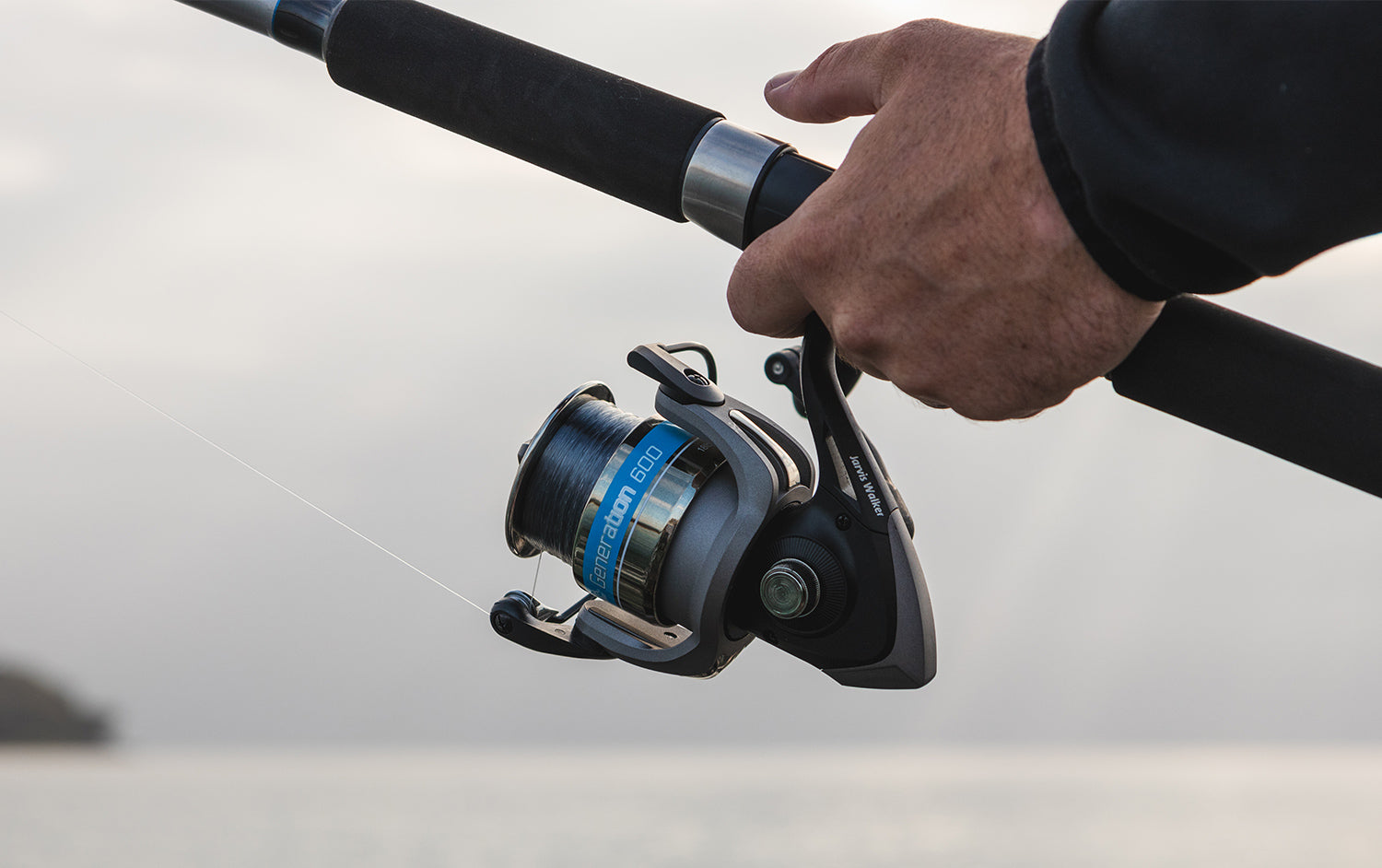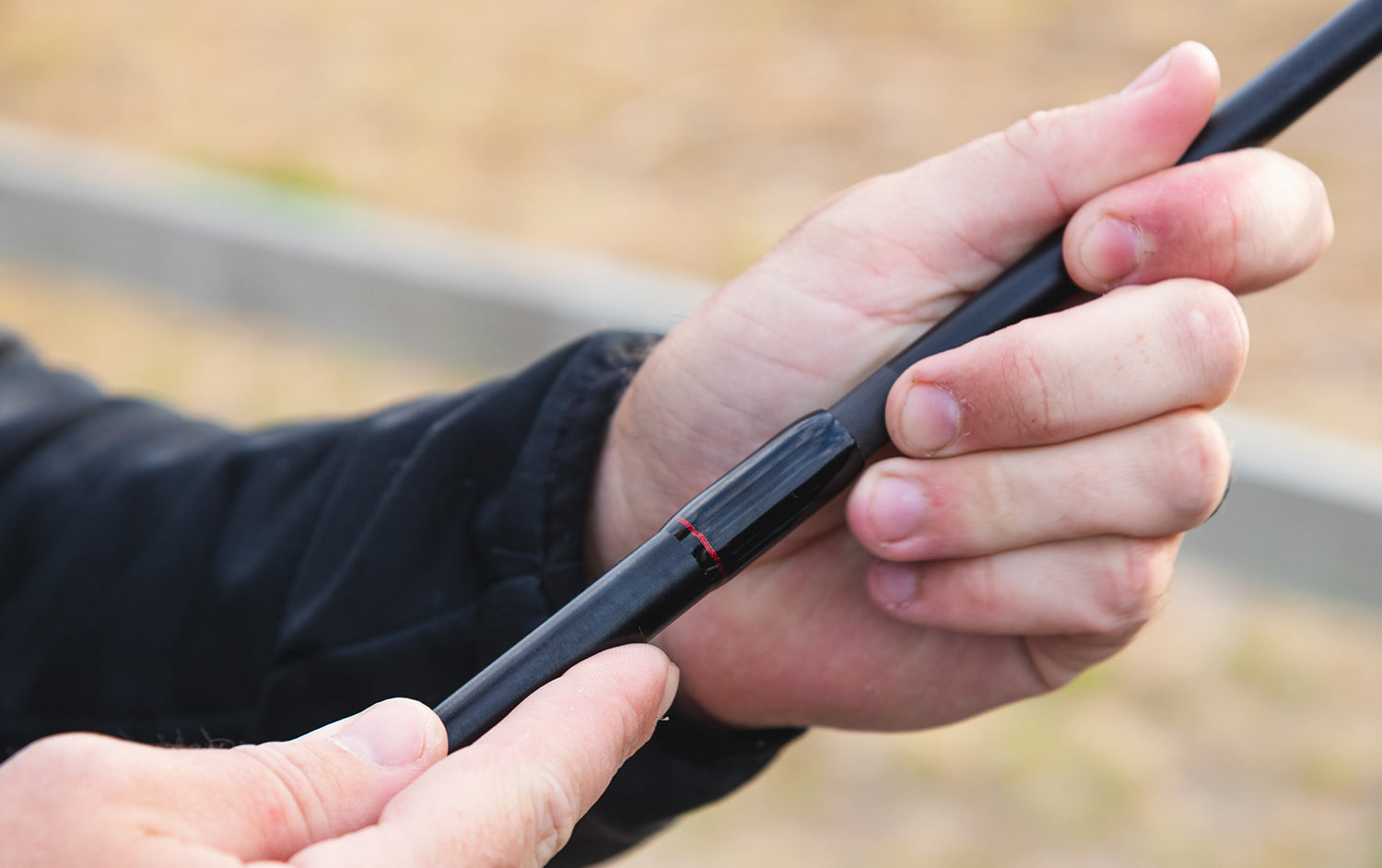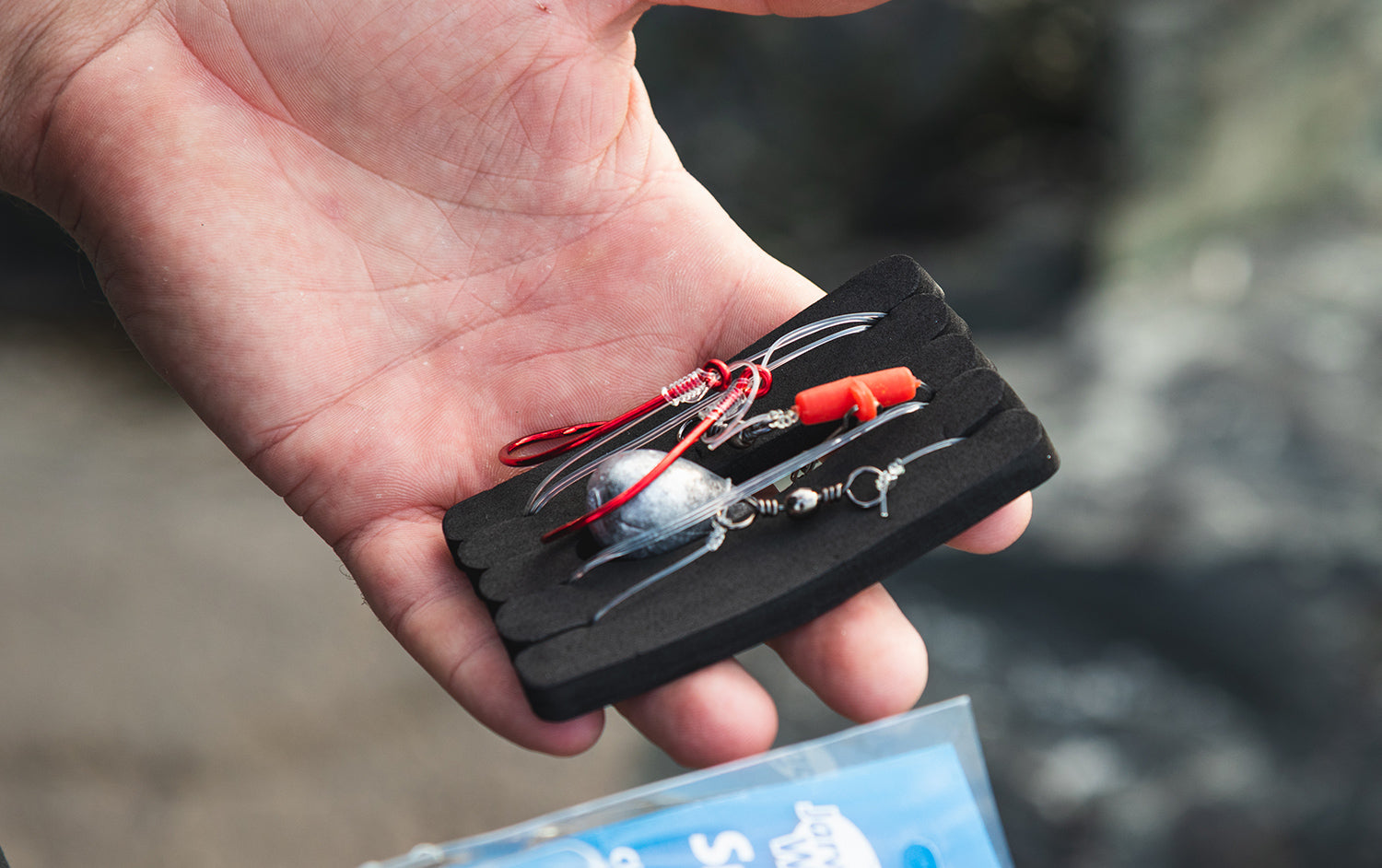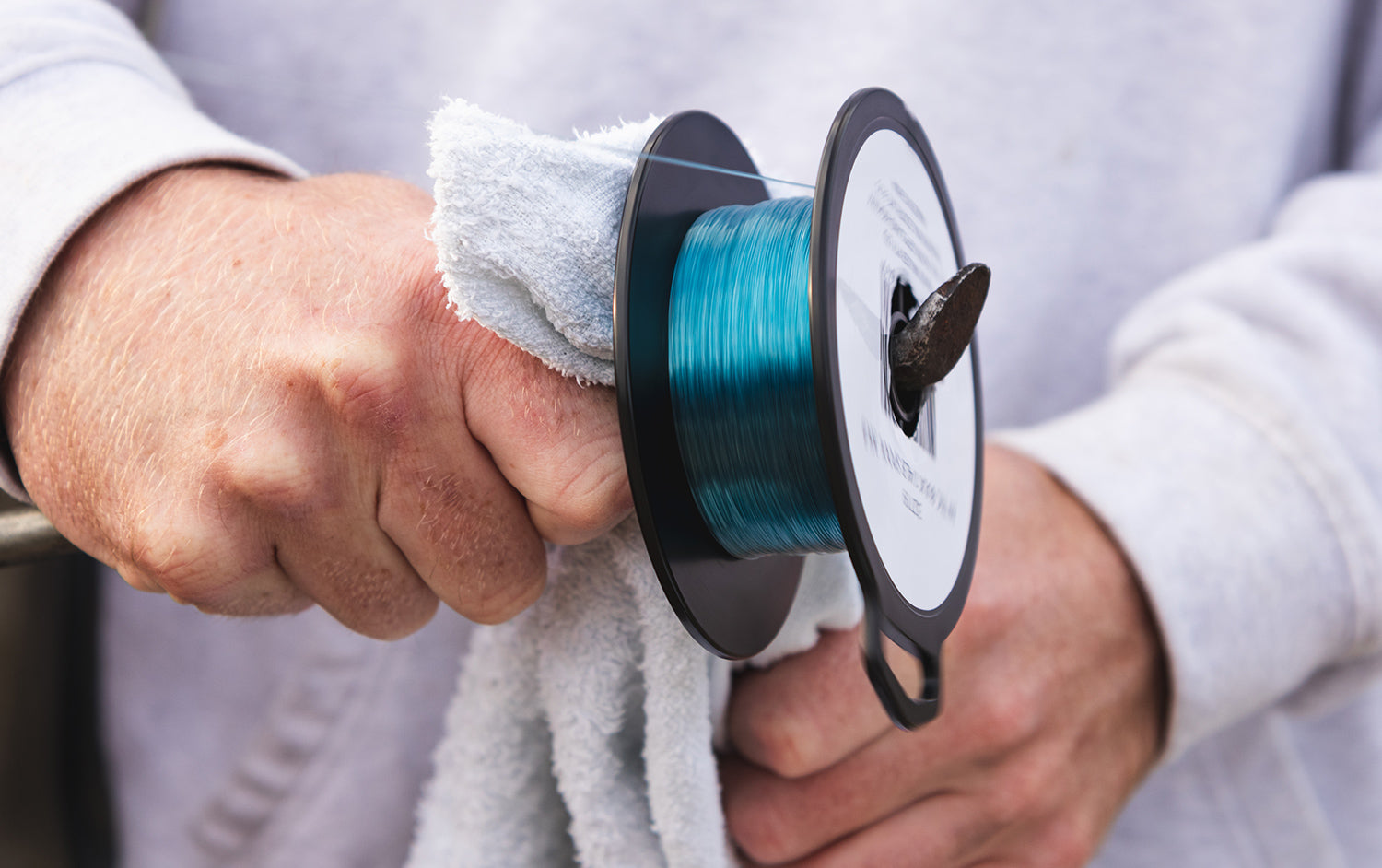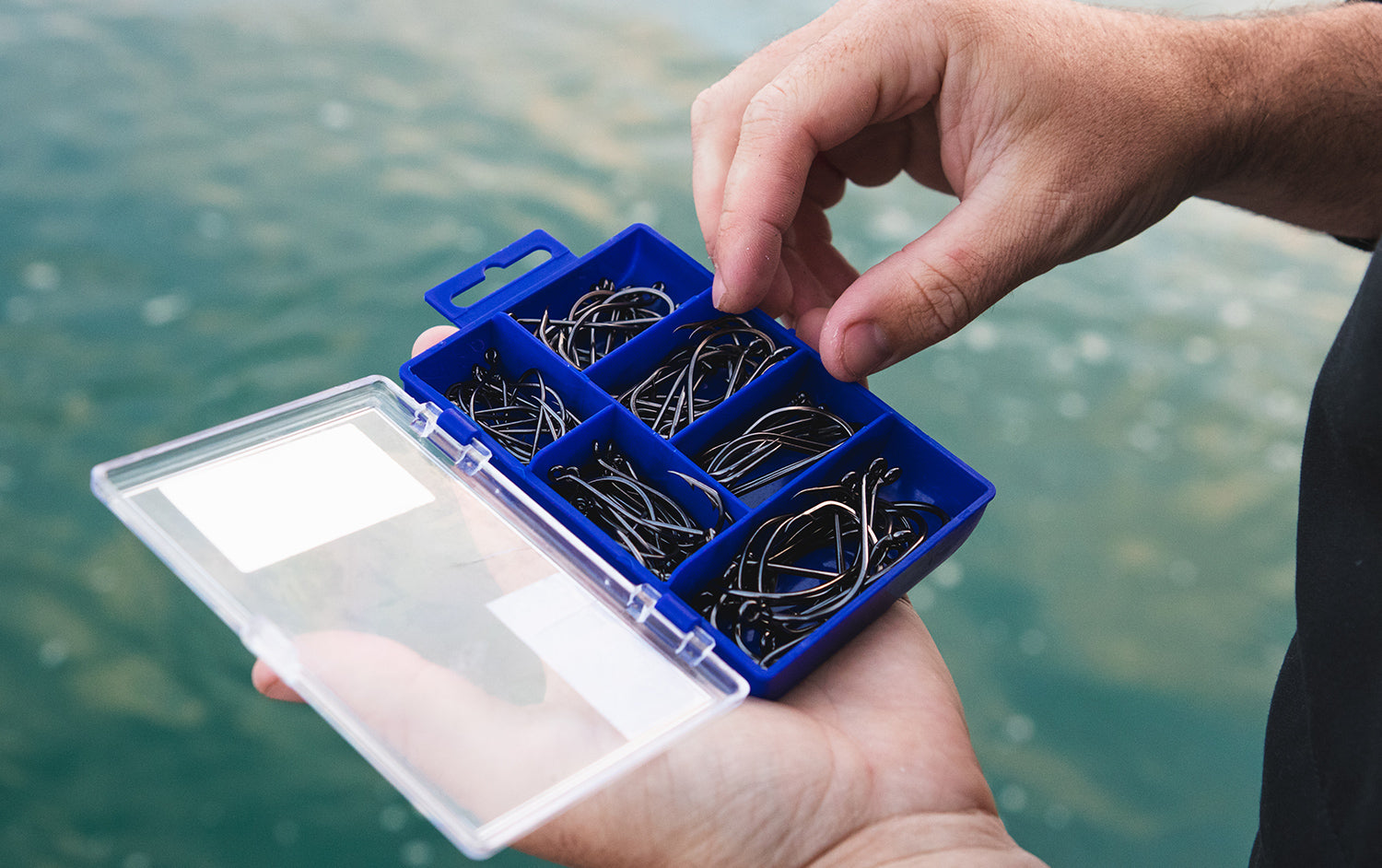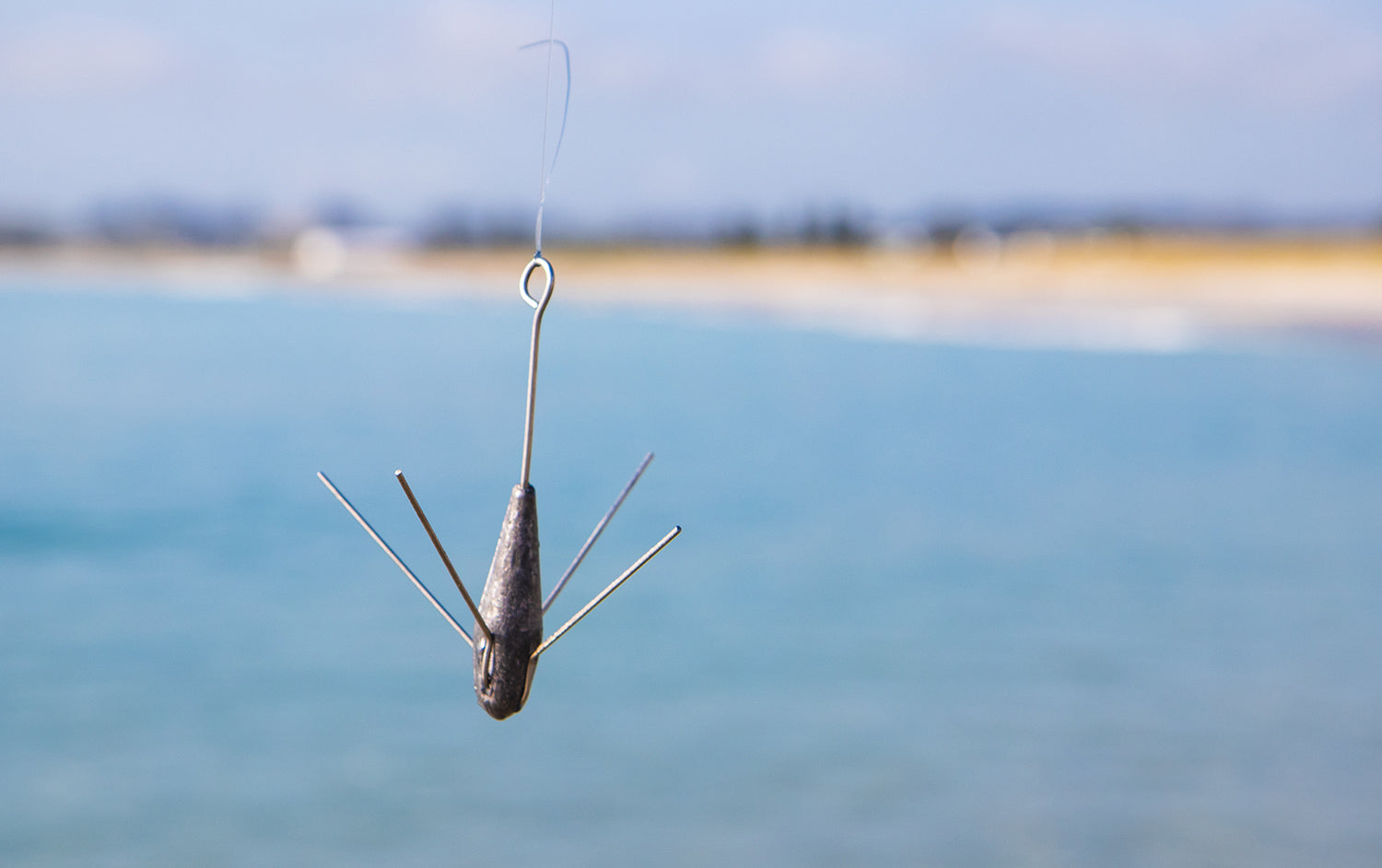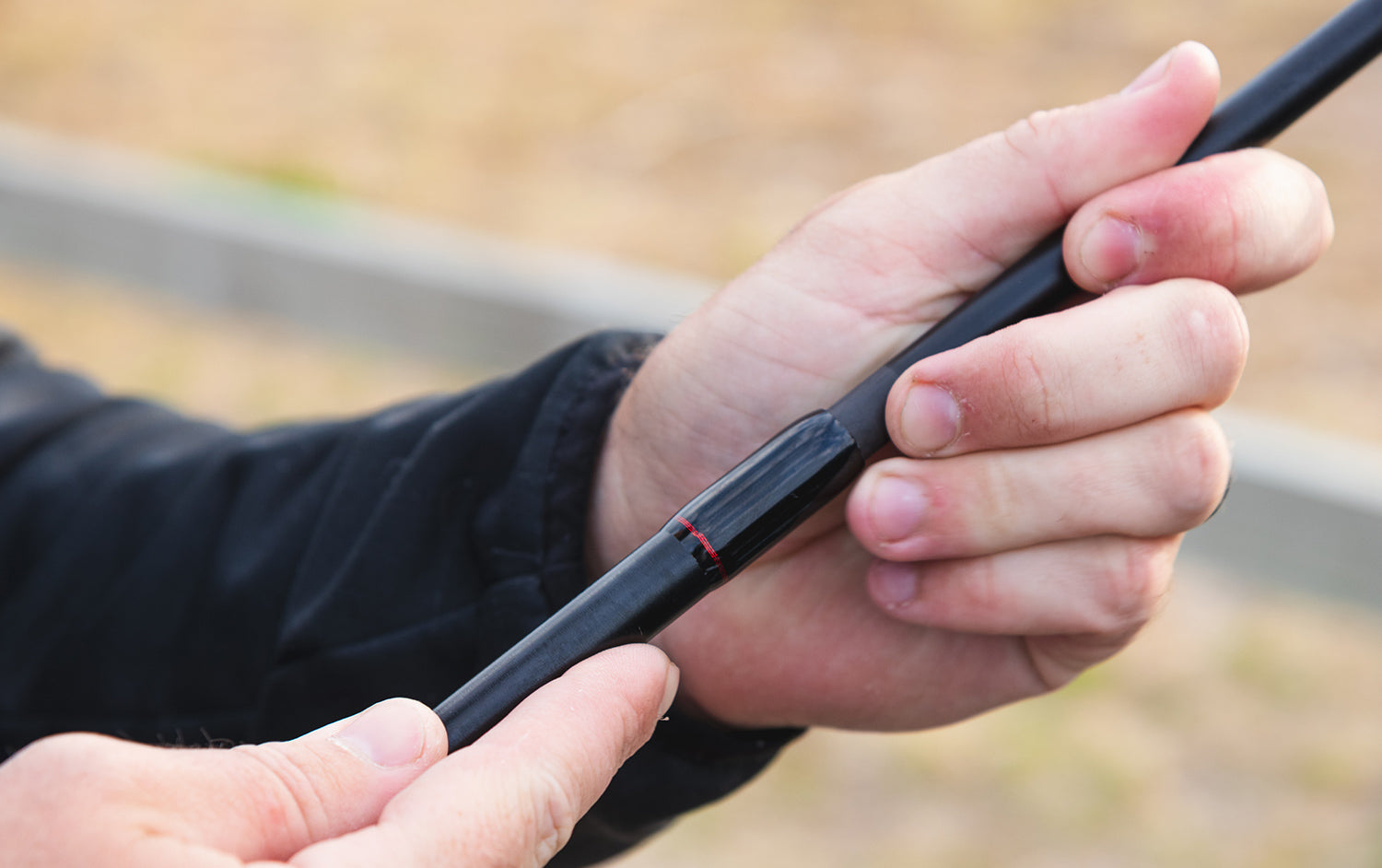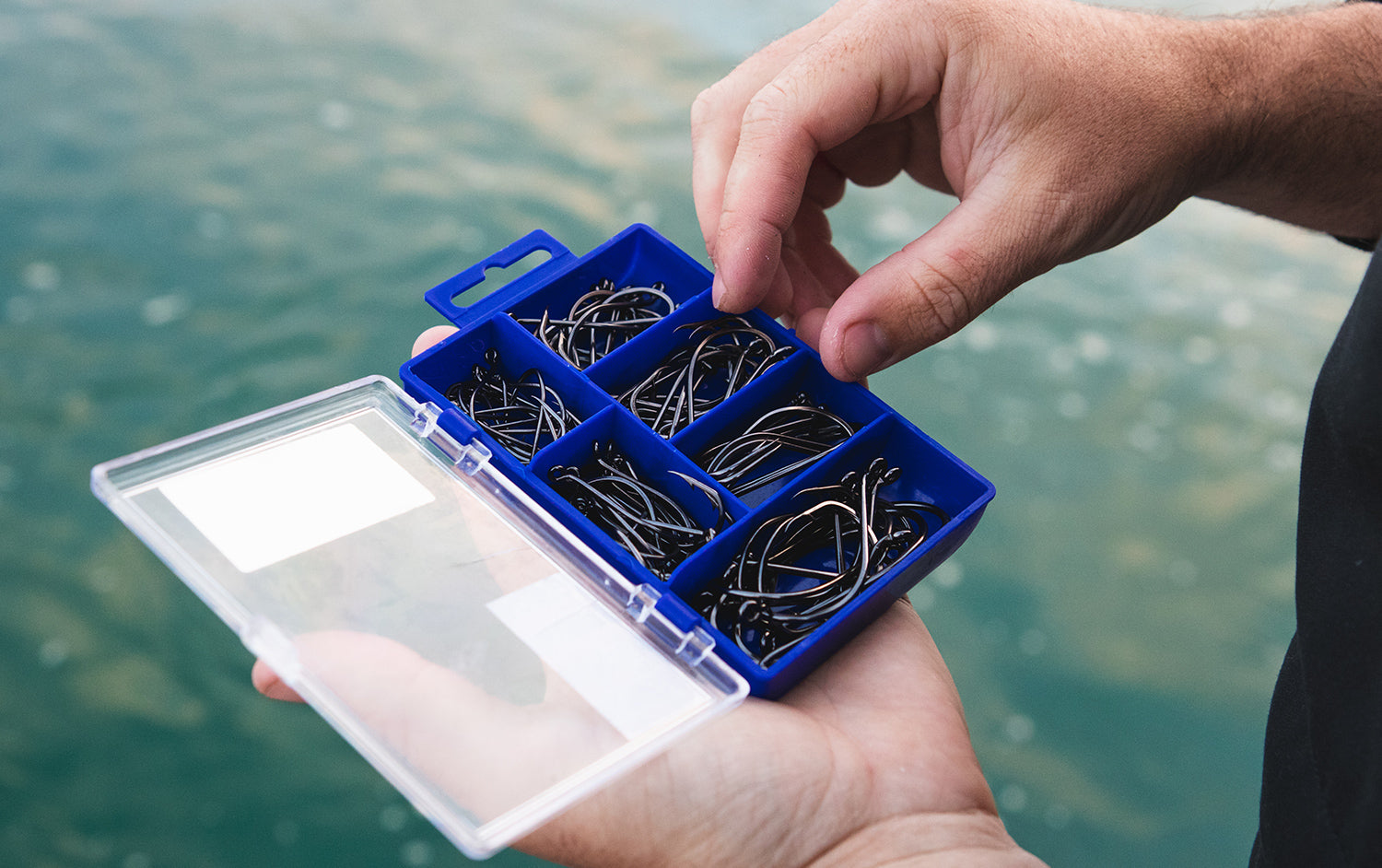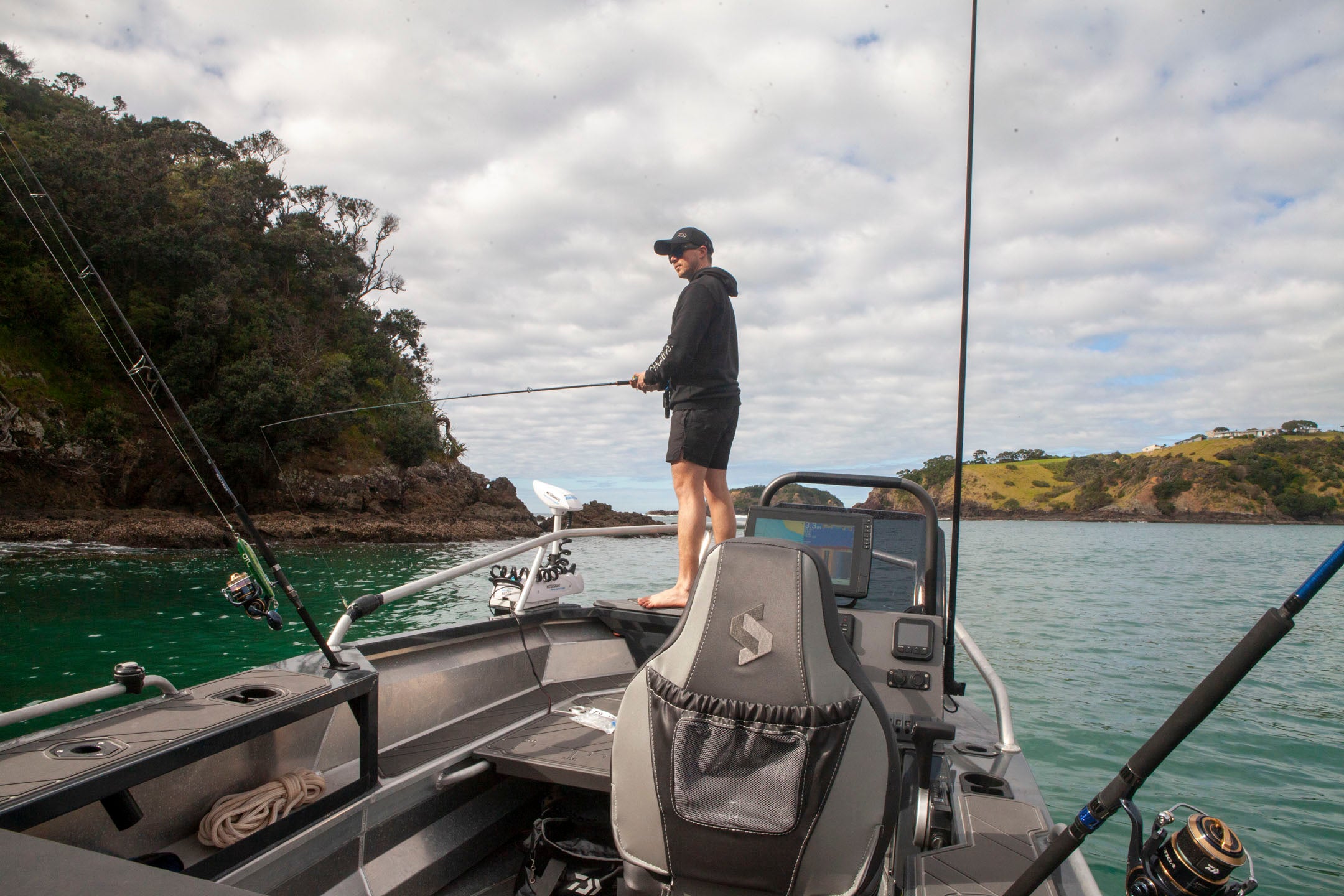TYPES OF FISHING RODS
Fibreglass rods are generally less expensive, heavier and robust. They suit those who prefer an economical no-frills rod for bait fishing techniques.
Graphite composite rods offer the mix of fibreglass strength with minor weight reductions, increased tip sensitivity and better casting performance than standard all-fibreglass rods. They are widely available in all types of rod styles and are popular across a range of techniques, from bait fishing beaches and estuary, to offshore trolling for billfish. They are usually less expensive than full graphite rods, although some of the top-shelf composite blanks still command a high price.
Modern graphite rods are much lighter, offer excellent sensitivity, often have faster tapers and generally perform casting duties better than fibreglass and composite rods. They are usually the best option when any casting is involved and are a common choice for most lure fishers. They are more fragile than fibreglass and composite rods and so more care is needed to prolong the life of your graphite rod.

Fishing rod lengths
The best rod length for you is determined by your preferred fishing style. Rod length has a direct correlation to casting performance, so if casting distance is advantageous, say, when casting from a beach, then you want a longer rod. Whereas if you were boat fishing and dropping baits straight to the bottom or trolling, a short rod is ample, plus more comfortable to fight fish with in that scenario.
If you’re unsure, 6’0″ (1.8m), 6’6″ (2m) and 7’0″ (2.13m) are the most popular ‘all-rounder’ lengths that can be used for the average estuary/jetty/rockwall scenario. These versatile lengths will cast your baits out with ease and are comfortable to use and for fighting fish. Beach fishermen should look at nothing shorter than 9’0″ (2.74m).
Lure fishers should determine rod length based on the average weight of the lures they use and distance required. Heavy lures, such as big barra or cod lures, require less help from the rod, so you can use a shorter rod of about 5’6″ (1.7m) to 6’0″. However, if you’re fishing light soft plastics or small bream-style lures, then a 6’6″ or even a 7’0″ or longer will be more useful.
Fishing rod ratings
There is a lot of focus on a rod’s ‘line weight rating’. This is listed on the blank either in kilograms (e.g. 2-4kg); or pounds (e.g. 10-20lb). This is useful for matching the rod to the intended purpose; however, it is often more useful for you to match a rod’s ‘lure weight’ rating or ‘casting weight’ rating to your desired lure or sinker weight. ‘Lure weight’ or ‘casting weight’ ratings are the same thing by two different names, and are listed on the rod blank in grams (e.g. 4-10g); or ounces (e.g. 1-2oz).
Line weight rating is more important now—with the increasing popularity of braid lines—because anglers will often use a line much stronger than necessary to take advantage of braid’s thin line diameters. For example: an angler is using 30lb braid for casting soft plastic lures rigged with 1/4oz jig heads for snapper. He/she would not get the same casting performance from a rod with a line weight rating of 30lb as, say, a lighter rod with a line weight rating of 12-15lb. This is because, in most cases, a lighter rod will have a lighter casting weight rating than a heavier rod.
Line weight rating is more important now—with the increasing popularity of braid lines—because anglers will often use a line much stronger than necessary to take advantage of braid’s thin line diameters.
With this in mind, it’s best to look for a rod with a casting weight rating that matches the lures or sinker weight you expect to be using, plus a line weight rating that matches your reel’s likely drag setting, rather than the actual line you are using.

GRIP OPTIONS
Rear grip
A rod’s rear grip length is vital because it will determine where your reel will sit, how comfortable that feels and how practical it will be for the rod’s intended job.
Things you need to consider for rear-grip selection are: will I be casting one-handed—for example flicking small lures for bream—or will I need a second hand to generate distance power? Where do I normally position the rod butt when I am fighting a fish—under the arm? pushed into the stomach? held in a gimbal belt fitting?
A longer rear grip is better for longer casts involving two hands. The more space between your hands, the more opportunity there is to generate maximum leverage and power for distance casting.
If you fight fish with the rod butt secured under your arm, then make sure the rear grip is long enough for that. If you use your stomach or a gimbal belt, make sure the rear grip provides a comfortable reel height for winding during battles with fish.
A short rear grip is suited only to repetitive single-handed casting, where a longer butt section gets in the way of a wrist working for lure movement. It’s a favourite configuration among light tackle lure casters. However, if you intend to troll lures with the same rod you will need at least enough rear-grip length to fill a rod holder, so the reel body isn’t resting on the holder mouth.
Butt cap options will vary. Some rods have a gimbal fitting, which is ideal for those who troll often. A rounded butt cap might be more comfortable for those who cast a lot and fight fish with the butt resting against their stomach. Beach anglers might prefer to choose a rod with a wooden sand spike fitting.

Fore grip
The position of the fore grip is ultimately determined by the length of the rear grip. However, fore grip lengths do vary so it is necessary to check whether the rear- and fore-grip combination leaves the fore grip suitably positioned for your top hand.
The fore grip is all about fighting fish. The smaller your target fish—for example, bream, bass or flathead—the less likely it will be that you’ll need to employ both hands to pull on the rod during a fight with a hooked fish and so, generally, light rods have short and thin fore grips.
If you target medium sized fish—for example, snapper or coral trout—you might need more to grab when applying pressure on the fish, so it’s important to choose a rod with a fore grip that is long enough to be in a comfortable position for your top hand to help with the lifting.
When you’re fighting big strong fish you want a big fore grip with extra thickness so you can hold on tight when the fish is sounding for the ocean floor. If you’re fishing with the rod butt secured in a gimbal belt, you might on occasions need two hands on the fore grip to lift hardduring a fight—if all goes to plan and you hook a monster fish—so the fore grip should accommodate this.
Split rear grip design
An increasing number of modern casting rod designs feature a split rear grip. The purpose of this is, theoretically, for weight reductions—taking out materials from where they’re not needed—but this design is more often used for ‘the look’. Whether or not you like them is a personal choice. They are comfortable and practical for casting rods. However, if you intend to fish with the rod in a rod holder, or intend to troll with your rod, then double check the placement of the exposed blank in this design as it often lines up with the edge of rod holders, causing a loose grip in the holder and scratching of the exposed rod blank. In such cases you’re better off with a full rear grip design.
Cork or synthetic grips?
The best grip material for you will depend on personal preference. Cork, Duralon, Hyperlon and EVA are common options.
Cork grips offer the most benefit to fly rods and light tackle casting rods. Some anglers prefer the look of cork and many anglers prefer the ‘feel’ it offers on a sensitive casting rod. It also offers weight reductions, though minimal. Cork is more prone to wear than synthetic materials, especially if it is not of a high grade. Cork is best avoided if you intend to do any trolling with the rod left in the rod holder.
Duralon/Hyperlon/EVA grips are hard wearing, usually less expensive, come in a range of colours and offer comfortable grip options. They are versatile and used on many rods. They can even be sanded into contoured shapes, to suit an angler wanting to customise his/her grips.

Slick grips and bent butts
These specialist gamefishing rod rear grips are made of metal. Slick grips are metal to make them easier to retrieve from a rod holder after a fish has struck on the troll. A Duralon/Hyperlon/EVA grip can compress against the rod holder under load, making it hard to slide out and also making it easy to tear the grip under such load.
Bent butts make an easier job of arranging multiple rods for a particular lure spread when trolling for gamefish and also increase angler comfort when fighting fish from a low-set gimbal harness or game chair.

